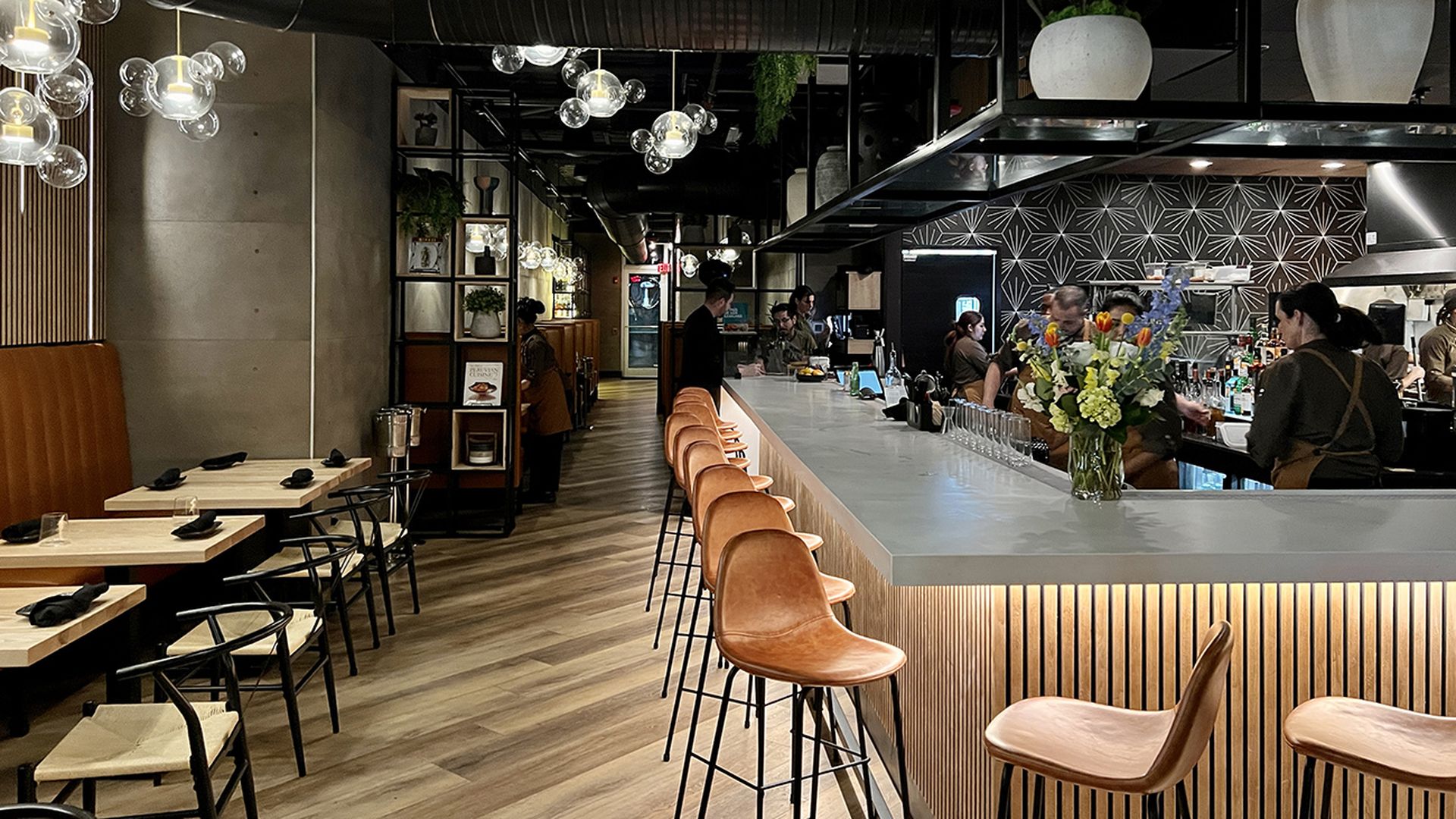Explore the rich history of dining at restaurants Lockhart.
Explore the rich history of dining at restaurants Lockhart.
Blog Article
Why Eating at Regional Restaurants Supports Your Community and Delights Your Palate
Eating at neighborhood restaurants provides more than simply a meal; it offers as a crucial element in nurturing community vigor and economic strength. What might this imply for the future of neighborhood dining and area connection?
Economic Effect of Neighborhood Dining

The financial influence of neighborhood eating extends much beyond the dining establishment itself, influencing a wide variety of fields within the community. Regional restaurants play a pivotal duty in boosting economic development by creating work, sustaining neighborhood distributors, and contributing to metropolitan earnings. When consumers choose to eat at neighborhood establishments, they assist endure employment for chefs, web servers, and maintenance team, hence improving the neighborhood work market.
Moreover, regional dining establishments usually resource ingredients from neighboring farms and manufacturers, promoting a durable supply chain that benefits various agricultural sectors. This technique not only supports regional economies yet also encourages lasting farming methods. Furthermore, the sales tax obligation generated from these restaurants adds to crucial public solutions, such as education and learning and infrastructure, which even more enhances neighborhood lifestyle.
Furthermore, neighborhood eating facilities frequently foster a sense of community, drawing in locals and site visitors alike, which can bring about boosted foot website traffic in surrounding organizations. This interconnectivity amongst local enterprises improves financial resilience, producing a vivid and sustainable community ecological community. In essence, the assistance of regional dining is an investment in the broader financial health of the location, advertising growth and sustainability for future generations.
Distinct Culinary Experiences

In addition, numerous neighborhood facilities embrace farm-to-table techniques, emphasizing the significance of seasonal produce. Restaurants can savor the freshness of components sourced from neighboring ranches, which not just improves flavor but likewise fosters a link to the neighborhood landscape. This commitment to quality and area sets the stage for unique cooking experiences that are typically absent in chain dining establishments.
Furthermore, local cooks regularly experiment with combination food, mixing varied cooking customs to produce interesting new meals. Such innovation not only tantalizes the taste buds however likewise urges daring eating, inviting clients to widen their culinary perspectives. Engaging with local restaurants enables diners to enjoy dishes that are not practically food, yet regarding the virtuosity and interest that define the culinary globe, making every eating experience truly one-of-a-kind and delightful.
Fortifying Area Bonds
Eating at regional restaurants plays a crucial role in strengthening community bonds by promoting connections amongst residents. These establishments work as essential meeting place where people can take part in purposeful discussions, share experiences, and create long lasting memories. As patrons frequent the very same neighborhood spots, they grow a sense of familiarity and sociability, strengthening social ties within the area.
Furthermore, regional restaurants frequently reflect the distinct social textile of their areas, showcasing regional traditions and culinary heritage. This party of local culture not only enhances neighborhood identity yet additionally urges citizens to take pride in their surroundings. By taking part in the neighborhood eating scene, people add to a common narrative that binds them together.
Community events organized at dining establishments, such as open mic nights, charity events, or food events, even more enhance these connections. They offer chances for collaboration and interaction among diverse teams, fostering inclusivity and understanding. As residents gather to sustain neighborhood businesses, they at the same time support each other, producing an interconnected network that strengthens the area's resilience.
Fundamentally, eating at regional restaurants is not simply regarding food; it is an improving experience that fortifies neighborhood bonds and grows a lively, united regional culture.
Supporting Local Farmers and Producers

This method minimizes transport expenses and exhausts, promoting environmental sustainability while additionally improving the flavor and quality of the recipes served. Seasonal menus, which highlight local fruit and vegetables, permit dining establishments to offer one-of-a-kind culinary experiences that mirror the area's agricultural bounty.
Furthermore, sustaining local farmers helps protect conventional farming practices and encourages biodiversity. It equips small manufacturers, allowing them to grow in a significantly industrialized food system. As regional dining establishments select to partner with these farmers, they aid maintain a vibrant farming area, making certain that neighborhood food systems continue to be durable.
In significance, eating at local dining establishments is not simply concerning enjoying a meal; it is an investment in the local economy and an affirmation of lasting practices. By selecting regional, restaurants play a vital function in supporting their neighborhoods and supporting the diligent individuals that grow their food.
Protecting Local Culture and Heritage
Rooted in the practices of their communities, local restaurants function as important custodians of cultural heritage. By showcasing local ingredients and traditional food preparation techniques, these facilities protect the distinct tastes and culinary techniques that specify regional identification. Each recipe tells a story, mirroring historical impacts and social narratives that have formed the neighborhood over generations.
Furthermore, neighborhood restaurants commonly promote classic recipes passed down via family members, making certain that distinct cultural practices live. This not only educates patrons regarding the area's heritage but additionally fosters a feeling of pride and belonging among residents. The environment, décor, and even songs in these establishments often resemble the regional society, providing a holistic experience that goes beyond simple eating.
Additionally, neighborhood dining establishments add to the conservation of language and dialects, as menus and discussions commonly incorporate neighborhood vernacular. By getting involved in neighborhood occasions and celebrations, these restaurants enhance social bonds and promote cultural exchange. In helpful site significance, eating at neighborhood restaurants is not simply a culinary experience; it is a chance to involve with and support the abundant tapestry of local culture and heritage, guaranteeing its connection for future generations.
Verdict

Report this page